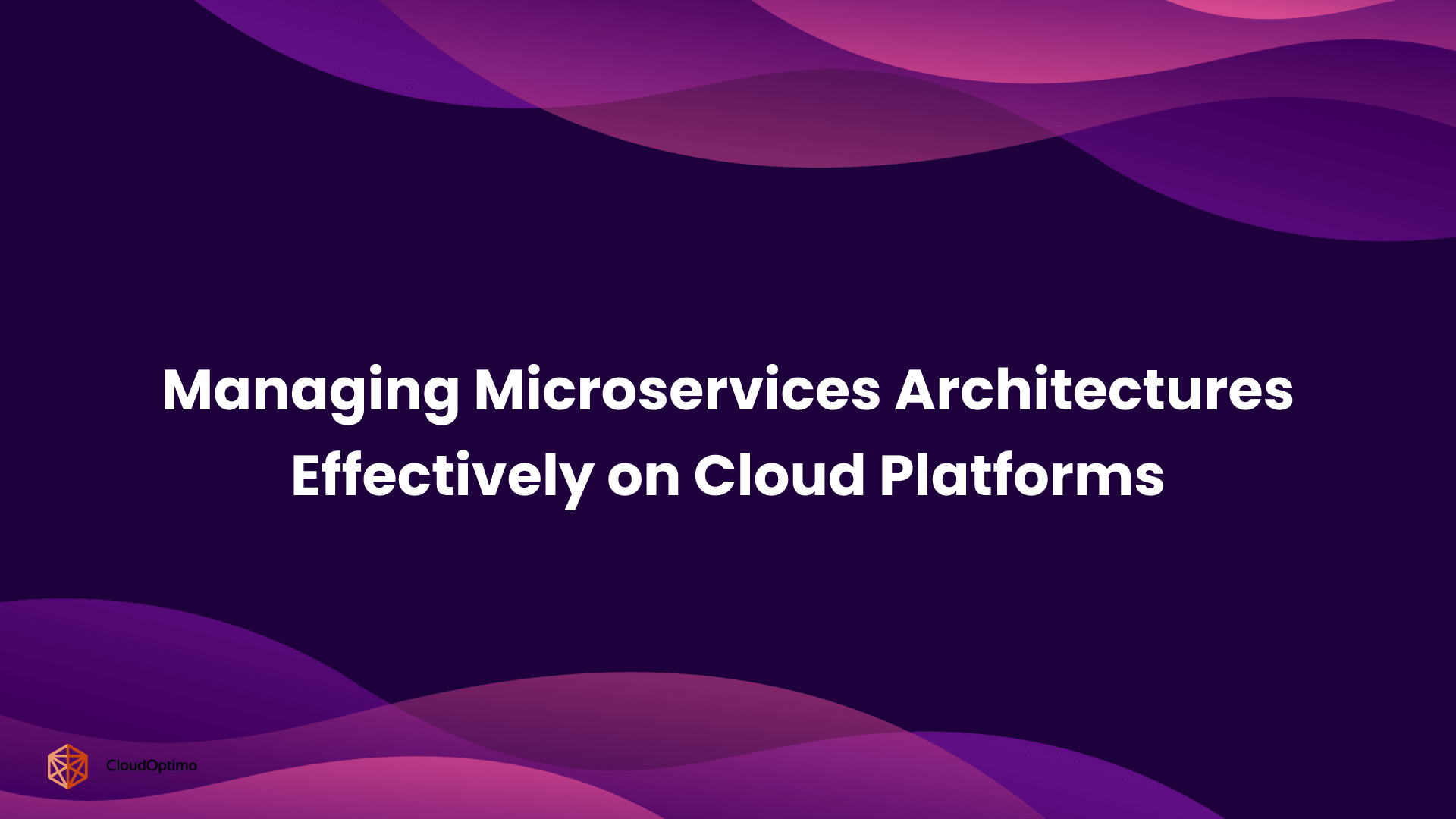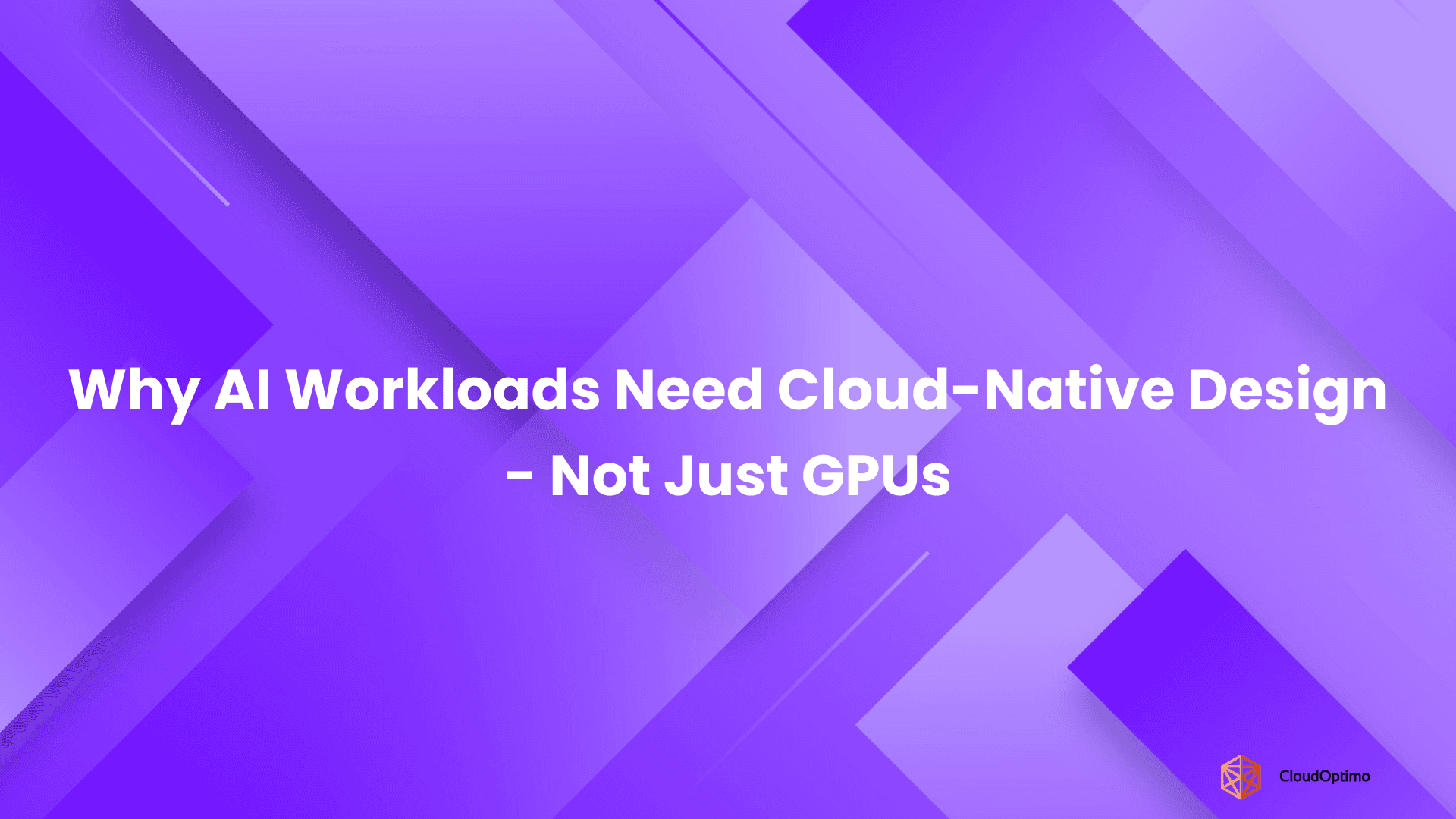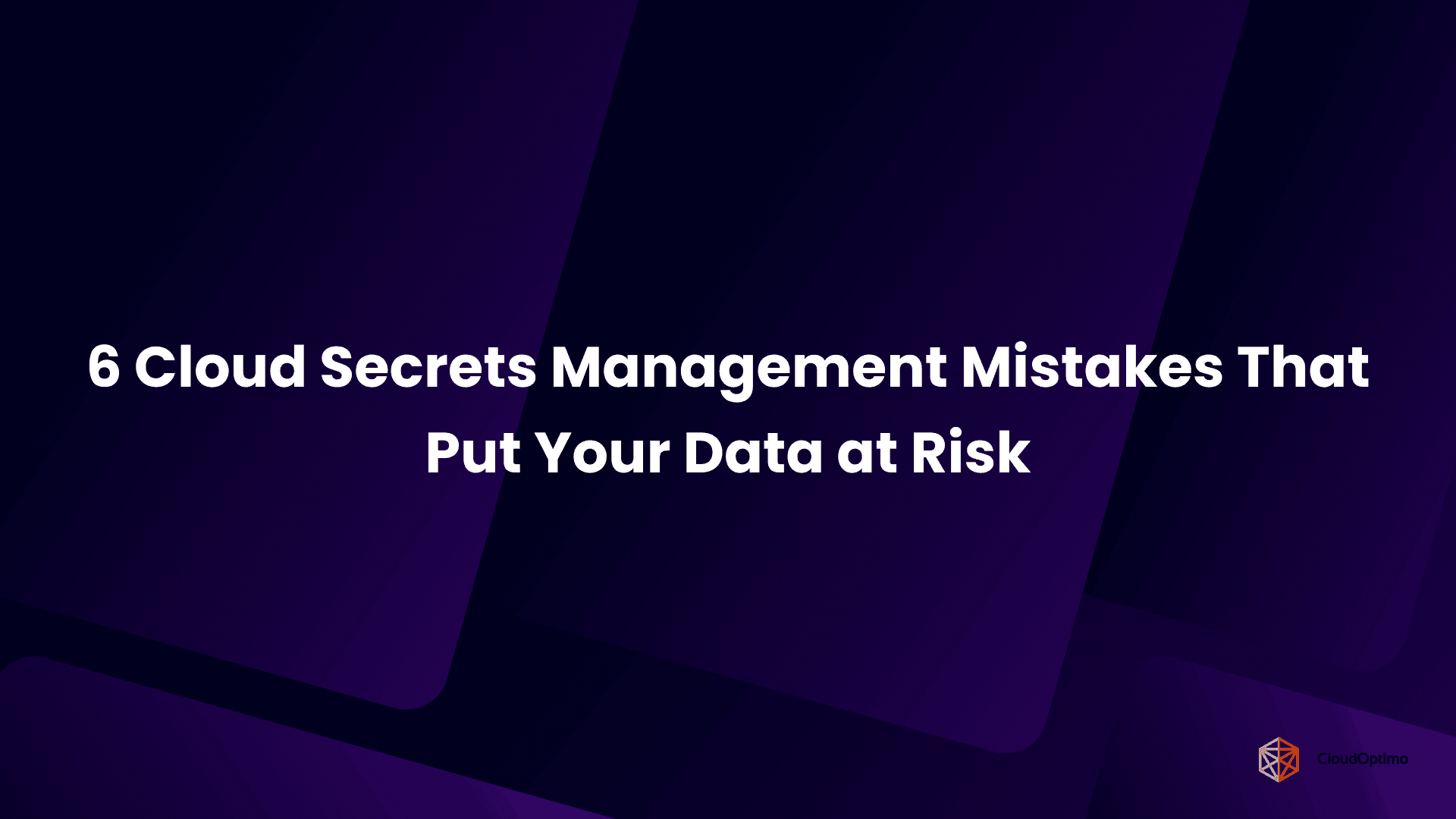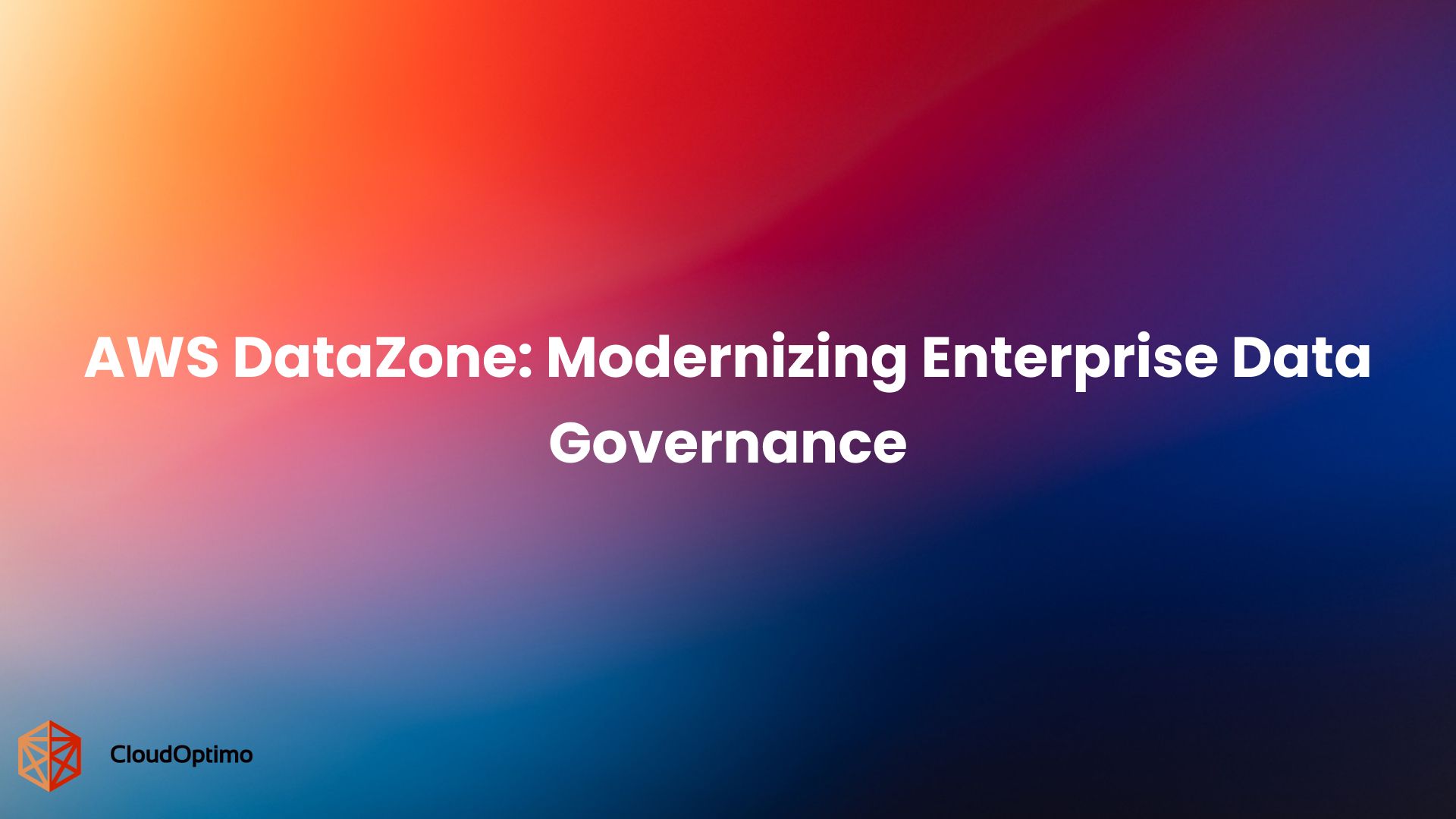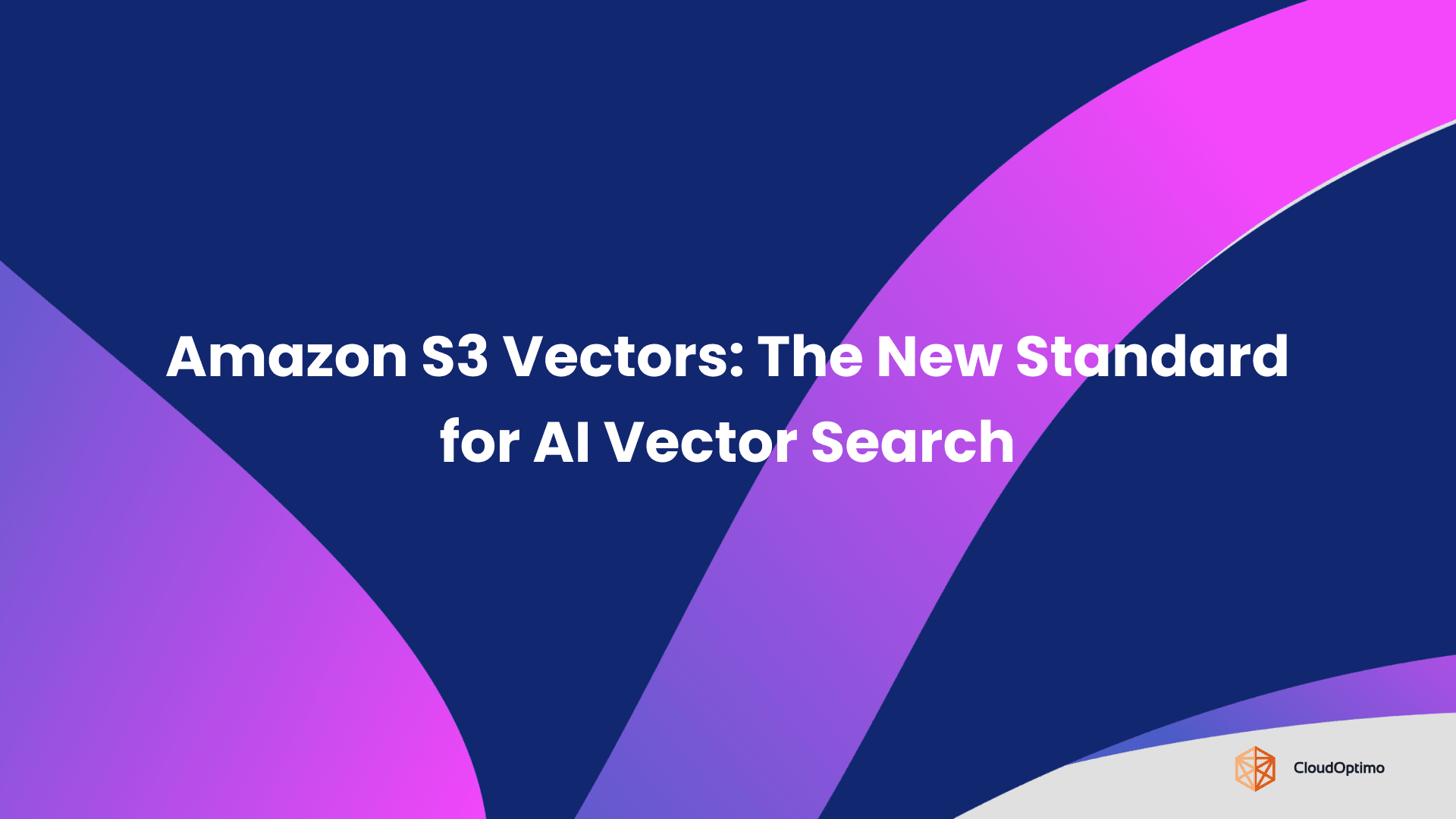Organizations across industries are increasingly adopting serverless computing to modernize their applications and reduce operational overhead. However, before implementing serverless solutions, there are critical considerations that can significantly impact your project's success.
What Is Serverless Computing?
Serverless computing is a cloud execution model that enables developers to build and run applications without the need to manage the underlying server infrastructure.
Traditional computing requires organizations to provision servers, configure operating systems, perform capacity planning, and manage ongoing maintenance. Although container technologies like Docker and Kubernetes simplify some infrastructure management, they still demand considerable operational oversight. Serverless computing eliminates these responsibilities by allowing developers to deploy code directly to a platform that automatically allocates resources, scales with demand, and maintains availability.
This model delivers several significant advantages:
- Automatic Scalability: Applications can handle sudden traffic spikes without manual intervention or pre-planning.
- Cost Efficiency: Billing is based solely on actual compute time consumed, often measured in milliseconds, thereby eliminating costs associated with idle capacity.
- Accelerated Development: Developers can concentrate on business logic rather than infrastructure management, shortening development cycles.
- Reduced Operational Burden: The cloud provider manages server maintenance, security patches, and system updates.
Why Smart Companies Are Switching?
Companies across industries are moving to serverless platforms to reduce infrastructure costs, accelerate releases, and improve operational efficiency. Real-world examples illustrate how these benefits lead to measurable business outcomes.
Edmunds: $100K Saved in Year One
Edmunds replaced its legacy image-processing system with a serverless solution built on AWS Lambda, Amazon S3, and Amazon Athena. This new architecture allowed them to process 50 million images into 700 million variants in just eight days. By avoiding new cluster provisioning costs, they saved $100,000 in the first year alone.
Source - AWS
SGK: 83 % Slash in Operating Costs
SGK, a global marketing services firm, adopted AWS serverless microservices and NoOps principles. Over five years, they launched 35+ applications using AWS Lambda, Fargate, DynamoDB, and more. Because of this change, they were able to reduce their 83 % reduction in IT operating costs and release new software almost twice as fast.
These examples highlight how serverless computing enables real cost savings, simplified infrastructure, and faster innovation, without sacrificing performance. It’s a proven approach for both agile startups and growing enterprises.
Source - AWS
Five Critical Considerations for Serverless Adoption
Despite its advantages, serverless comes with unique architectural and operational trade-offs. Before diving in, organizations should take a close look at five essential areas that influence long-term success:
- Server Management Shifts – You don’t manage servers, but you do manage everything around them.
- Cold Starts – Initial function execution delays can affect user-facing performance.
- Use Case Fit – Not every workload aligns with serverless limitations on execution time, memory, and state.
- Pricing Complexity – Pay-per-invocation sounds simple, but costs can add up in unexpected ways.
- Vendor Lock-In – Deep platform integration can limit portability down the road.
Each of these considerations is manageable, but they require intention. The following sections explore them in detail, offering practical insights to help you adopt serverless with confidence and clarity.
Serverless Doesn't Mean No Servers — It Means You Don't Manage Them
A common misconception about serverless computing is that it operates without servers. In reality, servers are still very much involved, they are simply abstracted away from the user. The cloud provider manages provisioning, scaling, patching, and maintenance, allowing developers to focus on application logic rather than infrastructure.
However, this abstraction does not eliminate operational responsibility. Developers and operations teams remain accountable for critical aspects such as:
- Application performance monitoring
- Error handling and recovery mechanisms
- Security configuration and access control
- Code lifecycle management and deployment
Understanding this division of responsibilities is fundamental to successful adoption. While the provider secures the infrastructure, it is up to your team to secure the application layer—this includes safeguarding APIs, managing secrets, and enforcing least-privilege access policies.
In distributed serverless environments, the complexity of observability and fault tolerance increases. Functions must be instrumented to report performance metrics and trace failures effectively. Additionally, designing for resilience—through retries, circuit breakers, and fallback logic—is essential to ensure high availability.
Serverless computing simplifies infrastructure management, but it does not eliminate the need for disciplined operational practices. The shared responsibility model requires careful planning to ensure security, reliability, and performance across the application lifecycle.
Cold Starts Can Affect Real-Time Performance
One of the most critical technical considerations in serverless computing is the phenomenon of cold starts. A cold start occurs when a serverless function is invoked after a period of inactivity, prompting the cloud provider to initialize a new execution environment. This process involves loading the function’s runtime, initializing dependencies, and preparing the environment—steps that can introduce latency ranging from a few hundred milliseconds to several seconds.
This delay poses a particular challenge for applications that require predictable, low-latency responses. Real-time systems, synchronous APIs, and interactive user interfaces are especially vulnerable to the performance variability introduced by cold starts. In such cases, even minor delays can negatively affect user experience and system responsiveness.
Conversely, cold starts typically have minimal impact on asynchronous tasks, background processing, or batch workloads where immediate execution is not a critical requirement.
To mitigate cold start latency, organizations can implement several strategies:
- Use provisioned concurrency: Reserve pre-initialized instances of functions to ensure consistent performance.
- Warm-up techniques: Schedule periodic invocations to keep functions active.
- Optimize deployment packages: Minimize code size and dependencies to reduce initialization time.
- Choose faster runtimes: Languages like Node.js and Python generally cold start more quickly than Java or .NET.
- Improve initialization logic: Delay non-essential startup operations and avoid blocking code during bootstrapping.
- Leverage platform-specific enhancements: For example, AWS Lambda offers tunable settings that help manage cold start behavior effectively.
Effectively addressing cold starts is essential for use cases where performance consistency is a business-critical requirement. Early evaluation and benchmarking during development can help ensure your architecture meets the performance standards of your application domain.
Serverless Is Not Suitable for Every Use Case
While serverless computing brings notable advantages including scalability, reduced operational overhead, and cost efficiency—it is not universally applicable. Understanding where serverless excels and where it falls short is critical to making sound architectural decisions.
Ideal Use Cases for Serverless Architectures
Serverless platforms are particularly well-suited for:
- Event-driven applications
Functions triggered by events such as file uploads, database changes, or message queues align well with serverless execution models. - Microservices and API backends
Stateless functions that perform discrete tasks are a natural fit for decomposed microservice architectures. - Data processing pipelines
Use cases like ETL jobs, log analysis, and stream processing can benefit from elastic scaling and short-lived execution. - Workloads with variable or bursty traffic
Serverless platforms automatically scale to meet demand, making them ideal for applications with unpredictable usage patterns.
Limitations to Consider
Despite these strengths, serverless computing has architectural and operational constraints that make it unsuitable for some scenarios:
- Execution time limits
Most platforms impose maximum execution durations, typically between 5 and 15 minutes. Long-running tasks such as video rendering or complex simulations may exceed these thresholds. - Memory and resource limitations
Although memory can often be configured up to 10GB or more, high-memory workloads or those requiring intensive compute may be more efficient on containerized or VM-based infrastructure. - Persistent connections and stateful protocols
Serverless functions are inherently stateless and temporary. Applications requiring long-lived connections—such as WebSocket servers or stateful data pipelines—may not operate reliably in this model. - Cost inefficiency for steady workloads
For applications with constant, predictable loads, always-on infrastructure (e.g., containers or traditional servers) may offer better cost performance compared to metered serverless execution.
Pricing Models Can Be Complex
Serverless pricing is often described as "pay only for what you use," but in practice, it involves multiple cost factors that can make your monthly bill harder to predict.
Most serverless platforms calculate cost based on the following:
- Invocations – Each time a function runs, you are charged per execution.
- Execution Duration – Billed based on how long the function runs, typically measured in milliseconds.
- Memory Allocation – The more memory you assign to a function, the higher the cost per millisecond.
- Additional Charges – Fees may also apply for:
- API Gateway usage
- Data transfer between regions or services
- Use of other cloud services (e.g., storage, messaging)
- Features like pre-warmed functions for faster response
Real-world Example: One client moved a high-traffic API to serverless. Their monthly bill dropped from $500 to just $50. But when usage spiked unexpectedly, they saw a 5x cost increase overnight. Why? A sudden surge in function calls and memory usage. Without alerts or limits in place, small inefficiencies scaled into big costs.
To avoid unexpected costs:
- Choose memory allocations carefully.
- Monitor function frequency and average runtime.
- Use cost monitoring tools provided by your cloud platform.
Serverless can be very cost-efficient, but only when your workload fits the model. Run small tests, watch the usage data, and optimize early to avoid billing surprises later.
Vendor Lock-In: The Hidden Trade-Off
One of the lesser-known challenges of serverless computing is vendor lock-in—the difficulty of switching cloud providers once your application is built using their serverless tools and services.
Unlike traditional infrastructure, serverless applications often rely heavily on provider-specific features, making them harder to move.
Each cloud provider delivers its own implementation of serverless functions, such as AWS Lambda, Azure Functions, and Google Cloud Functions. These platforms differ in several important ways, including:
- Deployment formats and configuration structures
- Runtime environments and language support
- Event models and service integrations
- Monitoring and logging tools
Beyond function execution, serverless applications typically rely on cloud-native services for storage, messaging, authentication, and data processing. For example, integrating deeply with services like Amazon S3, Google Pub/Sub, or Azure Cosmos DB can create significant dependencies that are hard to replicate on other platforms.
These technical ties often go unnoticed during early development but become obstacles during scaling, vendor negotiations, or compliance-driven migrations.
How to Reduce Lock-In Risk?
While some lock-in is unavoidable, you can reduce the impact by:
- Using standard protocols and APIs (e.g., HTTP, REST, SQL)
- Avoiding tightly coupled, proprietary services
- Writing platform-agnostic code wherever possible
- Implementing abstraction layers between your business logic and cloud services
- Using Infrastructure as Code tools (like Terraform or Pulumi) for portability
- Considering containers for functions that may need to move between environments
Comparison of Major Serverless Platforms
The three leading public cloud providers—Amazon Web Services (AWS), Microsoft Azure, and Google Cloud Platform (GCP offer mature serverless platforms, each with unique strengths, limitations, and integration capabilities.
Selecting the appropriate platform depends on various factors, including existing cloud investments, language and framework preferences, integration needs, performance expectations, and budget constraints.
AWS Lambda
AWS Lambda is the most widely adopted and feature-rich serverless platform. It benefits from AWS’s extensive global infrastructure and deep integration with a broad suite of cloud services.
Key Highlights:
- Mature platform with strong ecosystem support.
- Supports a wide range of languages including Node.js, Python, Java, Go, .NET, and custom runtimes.
- Seamless integration with AWS services such as API Gateway, DynamoDB, S3, Step Functions, and CloudWatch.
- Advanced features like provisioned concurrency, event filtering, and Lambda@Edge for content delivery optimization.
- Scales automatically and supports execution durations up to 15 minutes with memory allocation up to 10 GB.
Azure Functions
Azure Functions is tightly integrated into Microsoft’s cloud ecosystem, making it particularly suitable for enterprises using Azure and Microsoft-based development stacks.
Key Highlights:
- Strong native support for .NET, C#, PowerShell, and JavaScript.
- Integration with Microsoft services such as Active Directory, Azure DevOps, Event Grid, Logic Apps, and Cosmos DB.
- Offers both consumption-based and premium (dedicated) hosting plans for more predictable performance and cost control.
- Supports durable functions for managing long-running workflows.
- Integrated development experience through Visual Studio and GitHub Actions.
Google Cloud Functions
Google Cloud Functions is designed with simplicity and speed in mind. It’s ideal for lightweight, event-driven applications, especially in data-centric and AI/ML-focused environments.
Key Highlights:
- Optimized for JavaScript (Node.js), Python, and Go.
- Fast cold start times, especially for short-lived functions.
- Native integration with Google services such as BigQuery, Pub/Sub, Firebase, and Cloud Storage.
- Simplified deployment and minimal configuration overhead.
- Well-suited for real-time analytics, webhooks, and data transformation pipelines.
| Feature / Platform | AWS Lambda | Azure Functions | Google Cloud Functions |
| Supported Languages | Node.js, Python, Java, Go, .NET, Ruby, Custom | C#, F#, JavaScript, PowerShell, Java | Node.js, Python, Go |
| Max Execution Time | 15 minutes | 5 minutes (consumption), unlimited (premium) | 9 minutes |
| Memory Allocation | Up to 10 GB | Up to 1.5 GB (consumption), higher in premium | Up to 16 GB |
| Cold Start Performance | Moderate (improved with provisioned concurrency) | Moderate to slow (varies by plan) | Fast (especially with lightweight runtimes) |
| Hosting Options | Event-based (pay-per-use), provisioned concurrency | Consumption, Premium, Dedicated | Consumption-based only |
| Service Integrations | Deep AWS service integration | Deep Microsoft/Azure service integration | Strong GCP service integration |
| Best For | Broad use cases, global-scale workloads | Microsoft-centric enterprises, .NET apps | Lightweight, data-centric applications |
| Pricing Model | Pay-per-use (requests + duration + memory) | Consumption or fixed (premium plan) | Pay-per-use (requests + duration) |
Is Serverless Right for You?
Serverless isn’t a one-size-fits-all solution. Use this simple framework to decide if it fits your needs.
Ask yourself these three questions before moving forward:
- Does my application have unpredictable or spiky traffic?
Serverless is great for apps that need to scale quickly without overpaying for idle resources. - Can my app run in short, independent tasks?
Serverless works best for functions that finish quickly and don’t need to maintain long-term connections. - Am I comfortable giving up some control in exchange for less infrastructure work?
Serverless takes server management off your plate, but you trade off some visibility and control.
If you answered “yes” to 2 or more, serverless could be a strong fit for your next project. If not, it may still work for specific tasks or workflows within your broader architecture.
Your Next Step
The best way to learn serverless is to try it in a low-risk environment.
Start by choosing a non-critical, standalone application, perhaps a report generator, file uploader, or internal tool. These projects are ideal for testing the waters without risking core business systems.
Deploy it using a serverless platform that aligns with your team’s existing skills. Focus on learning how event triggers, cloud services, and monitoring work together.
Keep your goals small: aim to understand how serverless handles scaling, billing, and integration, not just whether the app “runs.”
By starting small, you’ll gain real-world experience and reduce uncertainty for larger future projects.

